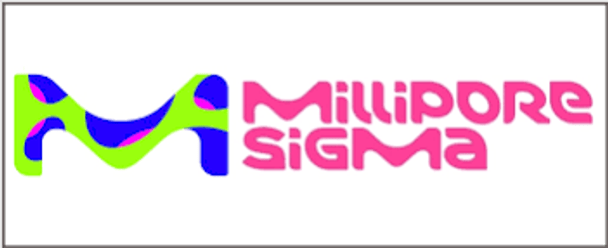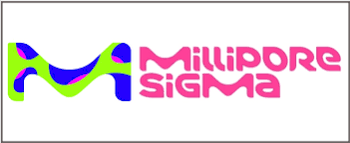Description
DL-Dithiothreitol, 10G
for molecular biology, ≥98% (HPLC), ≥99% (titration)
Synonym(s):
(±)-Dithiothreitol, rac-Dithiothreitol, Dithiothreitol, threo-1,4-Dimercapto-2,3-butanediol, Cleland’s reagent, DTT
Linear Formula:
HSCH2CH(OH)CH(OH)CH2SH
CAS Number:
3483-12-3
Molecular Weight:
154.25
Beilstein:
1719757
EC Number:
222-468-7
MDL number:
MFCD00004877
PubChem Substance ID:
24894330
NACRES:
NA.31
PROPERTIES
grade
for molecular biology
Quality Level
200
Assay
≥98% (HPLC)
≥99% (titration)
form
powder
reaction suitability
reagent type: reductant
mp
41-44 °C (lit.)
solubility
H2O: 50 mg/mL
cation traces
heavy metals (as Pb): ≤5 ppm
suitability
suitable for molecular biology
foreign activity
DNase, RNase, protease, none detected
storage temp.
2-8°C
SMILES string
O[C@H](CS)[C@H](O)CS
InChI
1S/C4H10O2S2/c5-3(1-7)4(6)2-8/h3-8H,1-2H2/t3-,4-/m1/s1
InChI key
VHJLVAABSRFDPM-QWWZWVQMSA-N
DESCRIPTION
General description
Dithiothreitol (DTT) is an excellent reagent for maintaining SH groups in a reduced state in proteins. It initiates the thiol-disulfide exchange reaction to completely reduce the intra-or inter-molecular disulfide bonds in biomolecules. DTT specifically targets the disulfide bridge of the cross-linker N,N′-bis(acryloyl)cystamine to break apart the matrix of a polyacrylamide gel and sodium dodecyl polyacrylamide gel electrophoresis (SDS-PAGE). Hence, it is highly effective in use with buffers that quantitatively reduce disulfides. DTT is less pungent and less toxic in nature than 2-mercaptoethanol. It is also 7x more concentrated than beta-mercaptoethanol.
Application
DL-Dithiothreitol is used in protein samples to reduce the disulfide bonds before loading the sample onto the gel for Western Blot or SDS-PAGE[1][2] It has been used in the procedure of in situ hybridization of mRNA.[3][3]
It has been used:
It has been used:
- as a component for protein extraction in western blot analysis[4]
- to prepare sample lysis buffer for quantitative mass spectroscopy[5]
- as a kinase buffer component for enzyme-linked immunosorbent assay (ELISA)[6]
An excellent reagent for maintaining SH groups in reduced state; quantitatively reduces disulfides. DTT is effective in sample buffers for reducing protein disulfide bonds prior to SDS-PAGE. DTT can also be used for reducing the disulfide bridge of the cross-linker N,N′-bis(acryloyl)cystamine to break apart the matrix of a polyacrylamide gel. DTT is less pungent and is less toxic than 2-mercaptoethanol. Typically, a seven fold lower concentration of DTT (100 mM) is needed than is used for 2-mercaptoethanol (5% v/v, 700 mM).
Biochem/physiol Actions
Dithiothreitol (DTT) is frequently utilized in biochemical preparations of thiol proteins and chemical peptide synthesis. DTT is also used in protein chemistry research on the folding of proteins and enzyme activity.[7]
Features and Benefits
- Suitable for molecular biology
- RNase, DNase, Exonuclease, and Protease-free
- High purity (HPLC ≥98%)
- No heavy metal ≤5ppm
SAFETY INFORMATION
Signal Word
Danger
Hazard Statements
H302 - H315 - H318
Precautionary Statements
P264 - P280 - P301 + P312 - P302 + P352 - P305 + P351 + P338 - P332 + P313
Hazard Classifications
Acute Tox. 4 Oral - Eye Dam. 1 - Skin Irrit. 2
Storage Class Code
11 - Combustible Solids
WGK
WGK 2
Flash Point(F)
Not applicable
Flash Point(C)
Not applicable
Personal Protective Equipment
dust mask type N95 (US), Eyeshields, Gloves





